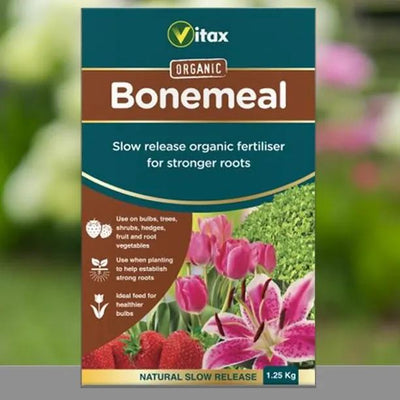Serbian Gold Quince Trees
Serbian Gold quince trees are stunningly ornamental. The aromatic fruits are picked earlier than most, in late September, and ripened indoors for at least a fortnight before use in the kitchen.
Healthy and self-fertile, they produces heavy crops of fragrant, apple-shaped fruits. Quinces are tip bearing fruit trees which means that it take a bit longer for them to reach full cropping. The fruit can be huge, between 0.5 and 1kg, and they're incredibly fragrant. Not only do they perfume a house, on a sunny day with a gentle breeze the fragrance can fill a garden.
Browse our range of quince trees or our full variety of fruit trees.
They're fantastic in jellies and jams, and can be made into membrillo, a quince 'cheese'. They can be added to pies and tarts and are particularly good roasted with dark meats and game. You can also quickly bake them like a cooking apple.
Features
-
Fruit: Culinary use. Rich, aromatic flavour.
-
Pollination: Self-fertile
-
Harvesting: Pick late-september - stores for at least 2 weeks or up to 2 months.
-
Characteristics: Ornamental bark, pink blossom, good autumnal colour. Highly fragrant.
-
Suitable for: Training, freestanding, containers.
- RHS Plants for Pollinators
- RHS Award of Garden Merit
Garden Design Ideas
With attractive bark, beautiful large leathery foliage with good autumn colour and abundant pink blossom in spring the ornamental qualities of this quince cannot be overstated.
The fruits are a wonderful bonus and provide a rich spicy-sweet fragrance that will drift around the garden, to make the most of it plant near an entrance to the house or garden.
They look good fan trained on a south facing wall, and benefit from the warmth and shelter especially in exposed gardens. Being self-fertile they're happy on their own as specimen trees.








 Secure, One-Tap Checkout
Secure, One-Tap Checkout
 Hand Picked, Delivered to Your Door!
Hand Picked, Delivered to Your Door! 1 Year Bareroot Guarantee
1 Year Bareroot Guarantee

















